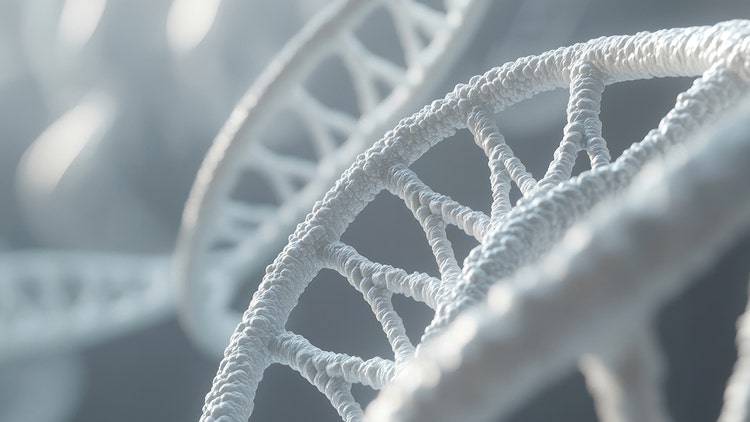The Critical Role of Designing Plasmid Libraries

Plasmids play a dual role in manufacturing biologics, serving as the foundational material and the blueprint for products like antibodies, mRNA and viral vectors. Synthetic biology, now the standard for bio-based manufacturing, operates on a Design > Build > Test > Learn cycle. This continuous process accelerates the creation of bio-based pharmaceuticals and enables faster optimization.
Plasmid optimization is crucial to this process. The better the plasmid design and quality, the more efficient the production of products. Plasmids need to be rapidly iterated to determine the optimal design quickly. For example, researchers often direct mutations in a sequence for a genetic product and must functionally determine which construct produces the desired product. Several key considerations include:
-
Build vs buy for biologics manufacturing pipeline
- Outsource plasmid synthesis to external vendors
- Assemble in-house by purchasing raw materials like nucleic acids and enzymes
-
Challenges in plasmid library development
- Multiple design-build-test iterations before reaching production-ready constructs are required
- Coordination of cloning workflows, QC and functional testing is required
-
Advantages of in-house plasmid assembly
- Cost-effective during early-stage library screening and discovery phases
- Enables faster iteration when testing multiple construct
-
Limitations of in-house cloning
- Cloning is time-consuming, prone to errors and dependent on internal resources and expertise
- Supply chain issues can significantly disrupt both upstream design and downstream manufacturing, delaying development timelines
It is important to use high-quality and consistent nucleic acids, oligonucleotides and other reagents for assembly. IDT offers high-quality DNA constructs that can greatly aid in the customization of plasmid libraries.
Rapid plasmid assembly is key to efficiently iterating on plasmid design. The Beckman Coulter Life Sciences Echo Acoustic Liquid Handler can be invaluable.
- Accelerates design iteration by enabling rapid gene assembly Reduces reagent consumption through miniaturized reaction volumes, lowering raw material requirements
- Minimizes cost by eliminating the need for traditional tip-based liquid handling and reducing waste
- Improves throughput by allowing automated assembly of many plasmid variants in parallel
- Reduces human error through precise, contactless liquid transfers, improving reproducibility
Plasmids are integral to manufacturing biologics, acting as a foundational material and blueprint. The iterative cycle of synthetic biology, Design > Build > Test > Learn, enables biopharmaceutical production, with plasmids at its core. Whether building plasmids in-house early in R&D or outsourcing entire manufacturing runs, the Life Sciences companies of Danaher enable high-quality, iterative plasmid design that meets biomanufacturing needs.
Contact an expert at today to learn more about designing plasmid libraries or explore ways of partnering with us.
References
- https://lifesciences.danaher.com/us/en/landing/pdf.htmlpdftitle=Miniaturized%20Five%20Piece%20Gene%20Assembly&pdfurl=/content/dam/danaher/solutions/plasmid-dna-development-andmanufacturing/miniaturized-five-piece-gene-assembly-application-note.pdf